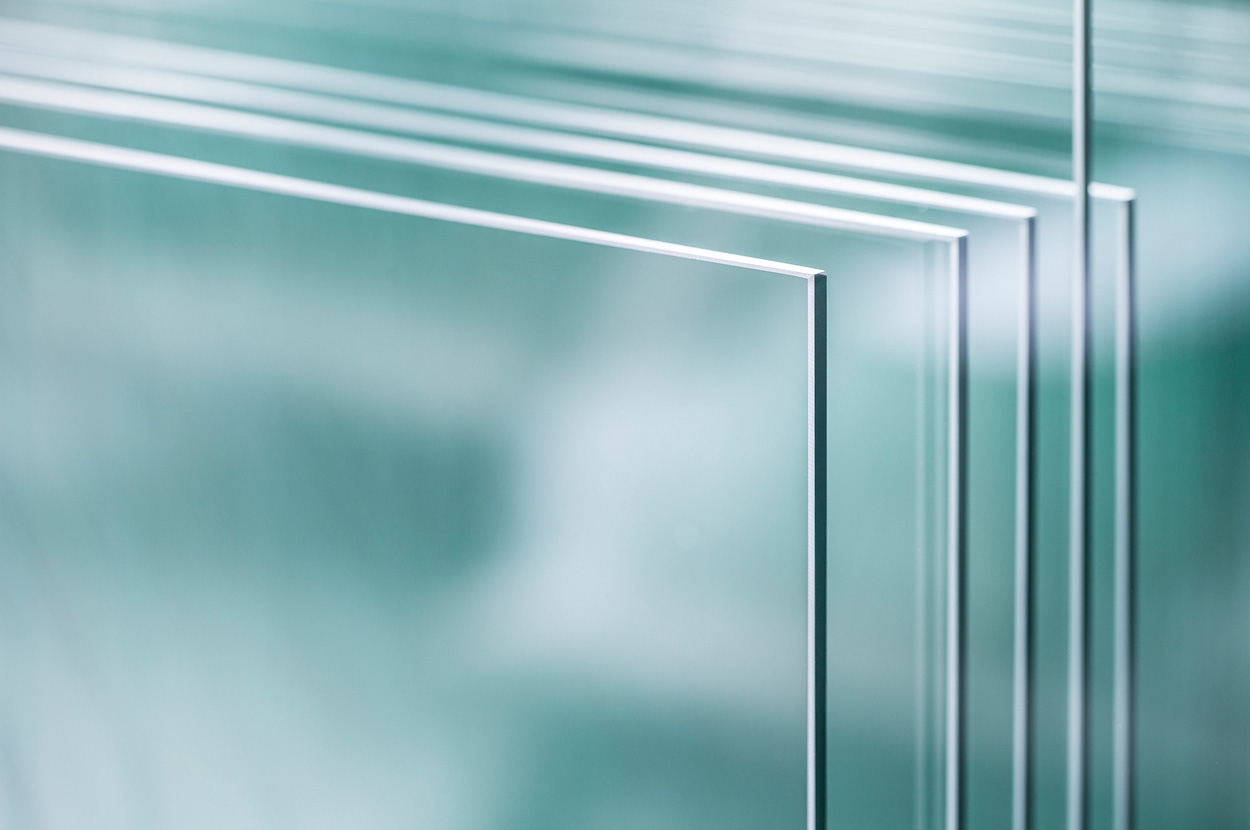

The Beauty and Functionality of Patterned Glass
Patterned glass, often referred to as decorative glass, has earned its place in both architectural and interior design realms, thanks to its unique ability to combine aesthetics with functionality. This form of glass is characterized by various textures, designs, and finishes that not only enhance visual appeal but also serve practical purposes. From its historical roots to contemporary applications, patterned glass remains a versatile material that continues to capture the imagination of designers and architects worldwide.
Historical Context
The use of patterned glass dates back centuries, with significant developments during the Byzantine and Gothic periods. Artisans began to experiment with glass-making techniques, producing intricate designs that adorned cathedrals and important buildings. Stained glass windows, for instance, were not only beautiful but also conveyed biblical stories to the largely illiterate populace. The textures found in patterned glass would diffuse light, creating an ethereal quality that enhanced spiritual experiences.
As technology progressed, the techniques for producing patterned glass have evolved significantly. The introduction of industrial processes in the 19th century facilitated mass production, making it more accessible for both functional and decorative uses. Today, patterned glass can be found in various forms, including window panes, room dividers, and shower doors, showcasing a blend of traditional craftsmanship and modern innovation.
Aesthetic Appeal
One of the most striking features of patterned glass is its aesthetic versatility. Available in a plethora of designs—from subtle geometric patterns to elaborate floral motifs—patterned glass can complement a wide range of interior styles, from minimalist to opulent. The interplay of light and texture creates dynamic visual effects, transforming ordinary spaces into extraordinary environments.

Interior designers often utilize patterned glass to create focal points within a room. For instance, a patterned glass wall can serve as a stunning backdrop in a modern office or a cozy café, adding depth and richness to the ambiance. Additionally, the use of frosted or etched glass can offer privacy while still allowing light to permeate a space, striking a balance between seclusion and openness.
Practical Applications
Beyond its decorative qualities, patterned glass offers numerous practical benefits. One of its primary functions is to diffuse harsh light, reducing glare while maintaining bright and inviting spaces. This characteristic makes it a popular choice for areas that require both light and privacy, such as bathrooms, conference rooms, and residential windows.
Moreover, patterned glass can enhance energy efficiency in buildings. By incorporating specialized coatings and textures, it can help regulate temperature and reduce reliance on artificial lighting. This not only contributes to a more sustainable environment but also results in cost savings for homeowners and businesses alike.
Conclusion
Patterned glass stands at the intersection of art and utility, making it a favored choice across various design disciplines. Its historical significance, coupled with modern advancements, allows for creative expressions that cater to both visual delight and practical needs. As architects and designers continue to explore innovative applications, patterned glass will undoubtedly maintain its relevance in the evolving landscape of design. Whether used in grand architectural feats or simple residential accents, its capacity to transform and elevate spaces ensures that it remains a cherished medium for years to come.